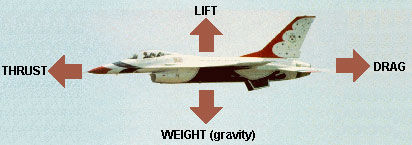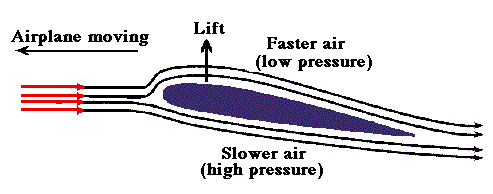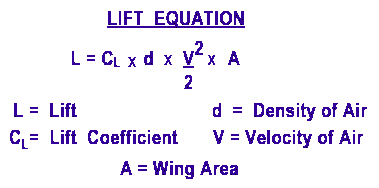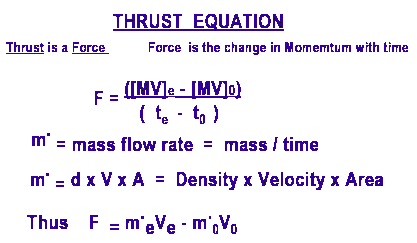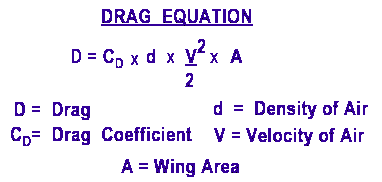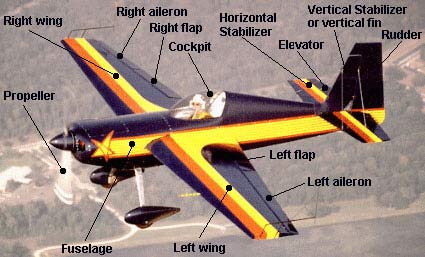Quemu
JF-Expert Member
- Jun 27, 2007
- 984
- 128
1. Uwezo wa Ndege (mnyama) kuweza kuruka na kuelea
Ndege (mnyama) ana viungo gani vya ziada ambavyo vinamwezesha kuruka na kuelea angani?
Kwa nini jamii nyingine ya ndege haiwezi kuelea angani? Mfano, kuku na bata wanaweza kuruka, lakini hawawezi kuelea angani.
Je wataalam waliovumbua ndege (chombo cha usafiri) walidesa kutoka kwa ndege (myama) ili kuwezesha hicho chombo kuelea angani?
Wanasayansia wa JF mpo?
Ndege (mnyama) ana viungo gani vya ziada ambavyo vinamwezesha kuruka na kuelea angani?
Kwa nini jamii nyingine ya ndege haiwezi kuelea angani? Mfano, kuku na bata wanaweza kuruka, lakini hawawezi kuelea angani.
Je wataalam waliovumbua ndege (chombo cha usafiri) walidesa kutoka kwa ndege (myama) ili kuwezesha hicho chombo kuelea angani?
Wanasayansia wa JF mpo?
